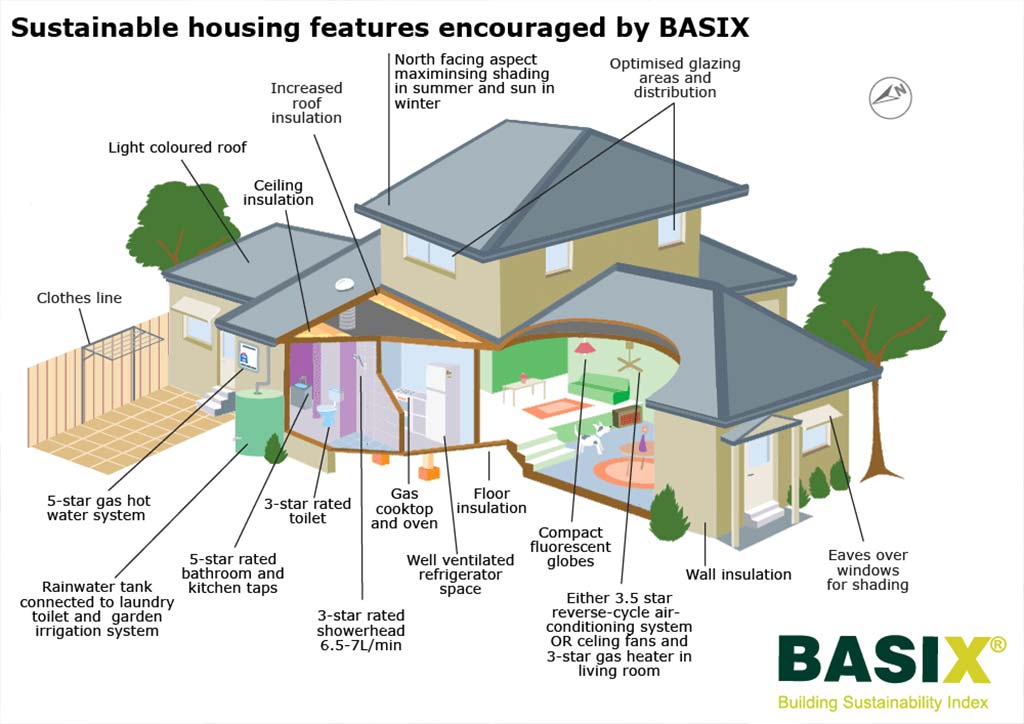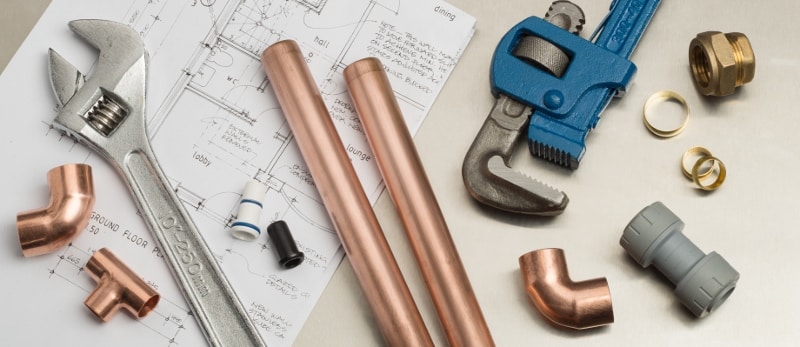A Guide to Your House's Plumbing System Anatomy
A Guide to Your House's Plumbing System Anatomy
Blog Article
What're your opinions about Exploring Your Homes Plumbing Anatomy?

Comprehending exactly how your home's pipes system works is vital for each property owner. From providing tidy water for drinking, cooking, and showering to safely getting rid of wastewater, a well-kept pipes system is vital for your household's health and wellness and comfort. In this detailed overview, we'll explore the complex network that makes up your home's plumbing and offer ideas on maintenance, upgrades, and dealing with typical concerns.
Introduction
Your home's plumbing system is greater than simply a network of pipelines; it's a complicated system that ensures you have access to clean water and effective wastewater removal. Understanding its parts and just how they collaborate can assist you stop expensive repair services and make sure everything runs smoothly.
Standard Components of a Pipes System
Pipelines and Tubes
At the heart of your plumbing system are the pipelines and tubes that bring water throughout your home. These can be made from various materials such as copper, PVC, or PEX, each with its advantages in terms of sturdiness and cost-effectiveness.
Fixtures: Sinks, Toilets, Showers, etc.
Fixtures like sinks, toilets, showers, and bathtubs are where water is made use of in your house. Recognizing exactly how these fixtures attach to the pipes system assists in diagnosing issues and planning upgrades.
Valves and Shut-off Factors
Shutoffs control the circulation of water in your plumbing system. Shut-off valves are crucial throughout emergency situations or when you require to make repair work, permitting you to isolate parts of the system without interfering with water circulation to the whole house.
Water System
Main Water Line
The primary water line connects your home to the local water or a personal well. It's where water enters your home and is distributed to different components.
Water Meter and Pressure Regulatory Authority
The water meter actions your water use, while a pressure regulatory authority makes certain that water streams at a secure stress throughout your home's plumbing system, protecting against damages to pipes and components.
Cold Water vs. Warm water Lines
Recognizing the distinction between cold water lines, which supply water straight from the major, and warm water lines, which carry heated water from the water heater, assists in repairing and preparing for upgrades.
Water drainage System
Drain Pipes Pipes and Traps
Drain pipes carry wastewater far from sinks, showers, and toilets to the sewage system or sewage-disposal tank. Traps prevent sewer gases from entering your home and additionally catch particles that might trigger clogs.
Ventilation Pipes
Ventilation pipelines permit air right into the water drainage system, preventing suction that can slow down drainage and create traps to vacant. Correct air flow is crucial for preserving the stability of your pipes system.
Relevance of Correct Water Drainage
Making certain proper drain stops back-ups and water damages. Consistently cleansing drains pipes and keeping catches can stop pricey repairs and prolong the life of your pipes system.
Water Furnace
Kinds Of Water Heaters
Water heaters can be tankless or standard tank-style. Tankless heating units warm water on demand, while storage tanks store heated water for instant usage.
Just How Water Heaters Attach to the Pipes System
Understanding exactly how water heaters link to both the cold water supply and hot water distribution lines assists in detecting problems like inadequate hot water or leaks.
Maintenance Tips for Water Heaters
On a regular basis purging your hot water heater to eliminate debris, examining the temperature level settings, and checking for leakages can prolong its life expectancy and improve energy effectiveness.
Typical Plumbing Issues
Leaks and Their Reasons
Leakages can take place as a result of maturing pipelines, loose fittings, or high water pressure. Dealing with leaks without delay stops water damage and mold and mildew growth.
Clogs and Clogs
Blockages in drains and bathrooms are usually brought on by flushing non-flushable things or an accumulation of grease and hair. Making use of drain displays and being mindful of what decreases your drains pipes can prevent blockages.
Indicators of Plumbing Problems to Look For
Low water pressure, sluggish drains, foul odors, or unusually high water costs are indicators of potential pipes troubles that need to be dealt with quickly.
Pipes Maintenance Tips
Routine Evaluations and Checks
Set up yearly plumbing evaluations to capture concerns early. Try to find indicators of leaks, corrosion, or mineral accumulation in faucets and showerheads.
Do It Yourself Upkeep Tasks
Simple jobs like cleansing tap aerators, looking for bathroom leaks utilizing color tablet computers, or protecting subjected pipes in cool climates can avoid major plumbing concerns.
When to Call a Specialist Plumbing Technician
Know when a plumbing concern calls for expert experience. Attempting intricate fixings without appropriate expertise can cause even more damage and greater repair work expenses.
Upgrading Your Pipes System
Factors for Upgrading
Updating to water-efficient fixtures or changing old pipes can boost water quality, reduce water costs, and increase the worth of your home.
Modern Pipes Technologies and Their Benefits
Discover technologies like wise leakage detectors, water-saving bathrooms, and energy-efficient hot water heater that can save cash and reduce ecological impact.
Cost Factors To Consider and ROI
Compute the upfront expenses versus lasting savings when taking into consideration pipes upgrades. Many upgrades spend for themselves via decreased energy bills and fewer fixings.
Ecological Impact and Conservation
Water-Saving Fixtures and Appliances
Setting up low-flow taps, showerheads, and toilets can substantially minimize water use without sacrificing efficiency.
Tips for Lowering Water Use
Simple habits like repairing leaks promptly, taking much shorter showers, and running full tons of laundry and recipes can preserve water and reduced your energy costs.
Eco-Friendly Pipes Options
Take into consideration lasting pipes products like bamboo for flooring, which is durable and eco-friendly, or recycled glass for countertops.
Emergency situation Preparedness
Steps to Take During a Plumbing Emergency
Know where your shut-off shutoffs are located and how to switch off the supply of water in case of a ruptured pipe or major leakage.
Importance of Having Emergency Get In Touches With Convenient
Keep call details for local plumbing technicians or emergency solutions conveniently offered for quick reaction throughout a pipes situation.
Do It Yourself Emergency Situation Fixes (When Suitable).
Short-term fixes like using air duct tape to patch a leaking pipeline or putting a container under a leaking faucet can reduce damage until a specialist plumbing professional shows up.
Final thought.
Comprehending the anatomy of your home's pipes system equips you to preserve it properly, saving time and money on repairs. By complying with normal upkeep routines and remaining informed concerning contemporary plumbing innovations, you can guarantee your pipes system operates successfully for many years to come.
Exploring Your Homes Plumbing Anatomy
Water Supply System
Main Water Line: This is where water enters your home from the municipal supply or a private well.
Water Meter: Typically located near where the main water line enters the property, it measures the amount of water used.
Shutoff Valve: It s crucial to know where this is in case of emergencies. It allows you to turn off the water supply to the entire house.
Pipes and Fittings: These distribute water throughout your home. Materials can include copper, PVC, or PEX.
Drain-Waste-Vent (DWV) System
Drains: Located in sinks, showers, and tubs, these carry wastewater away.
Traps: U-shaped pipes under sinks that hold standing water, blocking sewer gases from entering the home.
Vents: Pipes that lead from the DWV system to the outside, preventing vacuum formation and allowing gases to escape.
Sewer Line: Carries all wastewater from the home to the municipal sewer system or a septic tank.
Fixtures and Appliances
Sinks, Toilets, and Showers
Dishwashers and Washing Machines
Water Heaters
Maintenance Tips
Regularly check for leaks in exposed pipes and around fixtures.
Inspect the water heater annually for signs of wear.
Clean drains and traps to prevent clogs and odors.
Know how to shut off water to individual fixtures.
When to Call a Professional
Major leaks or burst pipes
Installation of new pipes or fixtures
Septic tank issues
Remodeling projects that involve plumbing changes
Conclusion
Understanding the anatomy of your home's plumbing is key to maintaining a functional and efficient system. Regular checks and knowing when to call in the experts can save you time, money, and stress.
https://www.mavyn.com/blog/exploring-your-homes-plumbing-anatomy

Exploring Your Homes Plumbing Anatomy
Water Supply System
Drain-Waste-Vent (DWV) System
Fixtures and Appliances
Maintenance Tips
When to Call a Professional
Conclusion
Understanding the anatomy of your home's plumbing is key to maintaining a functional and efficient system. Regular checks and knowing when to call in the experts can save you time, money, and stress.
https://www.mavyn.com/blog/exploring-your-homes-plumbing-anatomy
Do you appreciate reading about Plumbing Installation 101: All You Need to Know? Try to leave a comment down the page. We would be happy to listen to your thinking about this post. We hope that you come back again in the near future. In case you enjoyed our page if you please be sure to pass it around. Thank you for taking the time to read it.
Visit My Site Report this page